Is it normal to have a fasting blood sugar of 6:37 in the morning?
First, the fasting blood glucose is 6.37, which exceeds the normal range of 3.9 to 6.1, but cannot be diagnosed as diabetes. Secondly, it is recommended to go to the hospital to find a specialist to review the fasting blood glucose again, and at the same time do the glucose tolerance test, the doctor according to the test results, combined with clinical, will be able to give you a satisfactory explanation. Thirdly, you must change your bad lifestyle and test your blood sugar regularly.
Your blood sugar is slightly on the high side, it is not certain that you are diabetic, go to the hospital and check your fasting blood sugar and glucose tolerance. After that, it is recommended to control your diet and keep exercising. Control your blood sugar
Greater than normal, glucose tolerance screening is recommended.
Typical clinical manifestations of diabetic patients are polydipsia, polyphagia, polyuria and emaciation (also known as the three more and one less), but not all diabetic patients show such obvious manifestations. The etiology of the disease is mainly determined by genetic and environmental factors, and there is a tendency of family morbidity. Diabetes mellitus is common in middle-aged and elderly people, and the incidence of obese people is relatively high. Clinically, it is categorized into type 1 and type 2 diabetes!
Diagnostic basis.
For those with typical diabetes symptoms, fasting blood glucose ≥7.0 mmol/L or two-hour postprandial blood glucose ≥11.1 mmol/L is diagnostic; asymptomatic patients need fasting blood glucose ≥7.0 mmol/L and two-hour postprandial blood glucose ≥11.1 mmol/L to meet the diagnostic criteria.
Occasional high blood glucose is not diagnostic of diabetes and should be done with regular monitoring of blood glucose, and urine glucose!
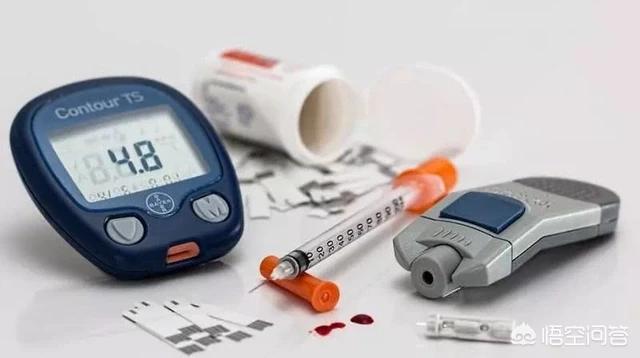
A little on the high side, but not diagnostic of diabetes
Depending on what you ate the first day, if you ate foods high in sugar, it will be high, take a three day average.
If you wake up in the morning and fast for more than 8 hours, it is called fasting blood glucose. The normal range of fasting blood glucose is 3.9-6.1mmol/L.
Fasting blood glucose of 6.1-7.0 mmol/L is considered pre-diabetic and greater than 7.0 mmol/L is considered diabetic.
Diabetes cannot be diagnosed with one blood sugar though. It is recommended to review after diet and exercise, or just do an OGTT (oral glucose tolerance test).
The oral glucose tolerance test is the gold standard for diagnosing diabetes, testing fasting and 2-hour postprandial blood glucose without missing the possibility of postprandial blood glucose elevation.
It should be a little bit over the limit, you have to pay attention to your diet, try to eat some light food for Xuan.
Pre-diabetes. The onset of diabetes is a very long process, before the onset of diabetes, if the patient has been impaired glucose regulation, indicating that there has been a tendency to develop into diabetes, medically known as pre-diabetes, we will be such a group of people called pre-diabetic people.
Clinically, "three more and one less" has always been a typical symptom of diabetes, and is also a valid basis for diagnosing diabetes. But there is a part of the people, may not have these symptoms, but one foot has actually crossed the threshold of diabetes, this is the pre-diabetes population. How do we determine whether we are pre-diabetic? What are the diagnostic criteria?
For a normal person, fasting blood glucose should be ≤ 5.6 mmol/L (101 mg/dl) and 6.1 mmol/L (110 mg/dl) after a meal. If it is above this range you should consider seeing your doctor for a glucose tolerance test. If the value is >7.8mmol/L (140mg/dl) it is diagnosed as pre-diabetes; if it is >11.1mmol/L (200mg/dl), it is diagnosed as diabetic. However, in clinical practice, we found that some patients, although fasting blood glucose is "normal", did not reach 6.1mmol / L (110mg / dl), but through the glucose tolerance test found that some even > 11.1mmol / L (200mg / dl), and the result was diagnosed as diabetes. In this regard, our advice is to pass a glucose tolerance test to rule out the possibility of being a pre-diabetic person or even a diabetic, if the preprandial blood glucose is ≥5.6 mmol/L (101mg/dl).
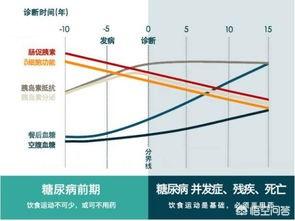
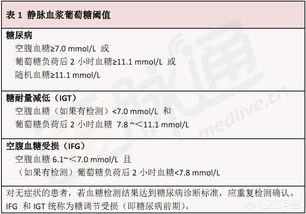
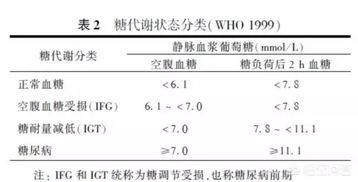
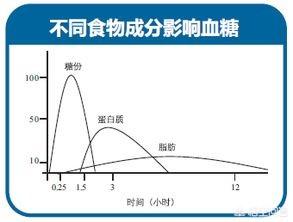
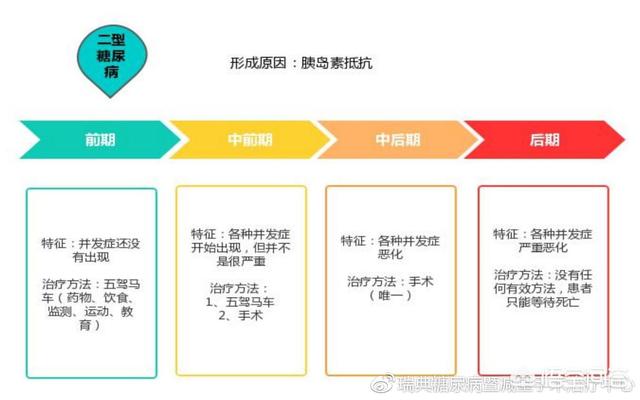
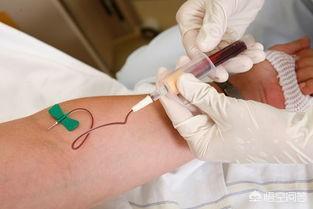
Fasting glucose is a little high.
Have to pay attention to the usual dietary control, you can combine your age appropriate dietary adjustments, I recommend to coarse grains as the main, usually on sweets have to be appropriate control, because your fasting glucose is already high at the upper limit of the normal, if you do not pay attention to the late diabetes chances are very big!
Start making the proper adjustments now, get proper exercise every day, eat a healthy diet, and minimize the intake of high starch and high sugar.
It's not that serious at this stage, you don't have a problem with all the blood sugar regulating hormones yet
So don't have too much pressure in your heart, just adjust your mind and diet.
This question and answer are from the site users, does not represent the position of the site, such as infringement, please contact the administrator to delete.